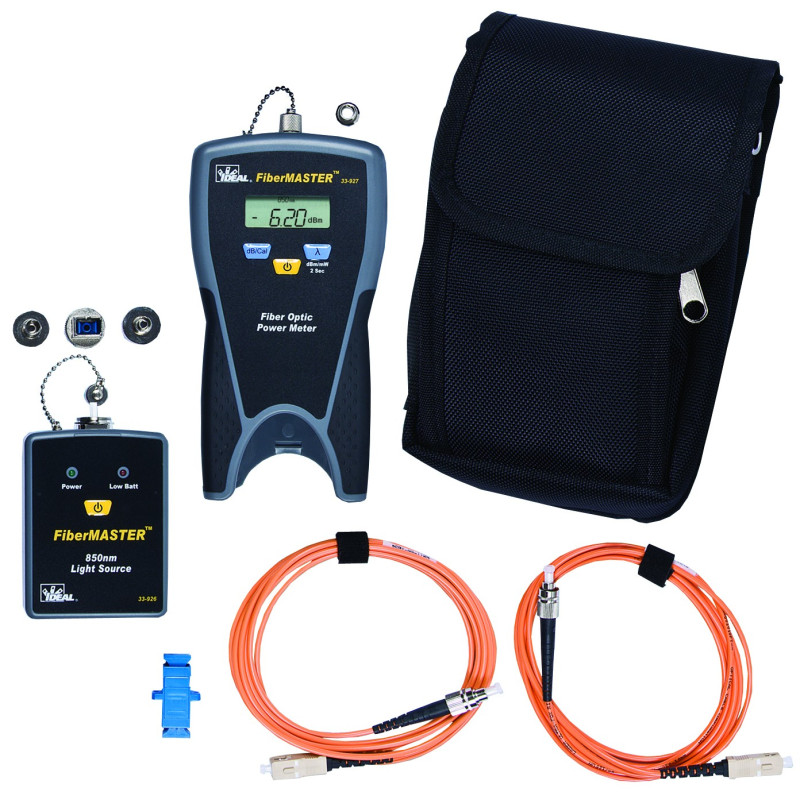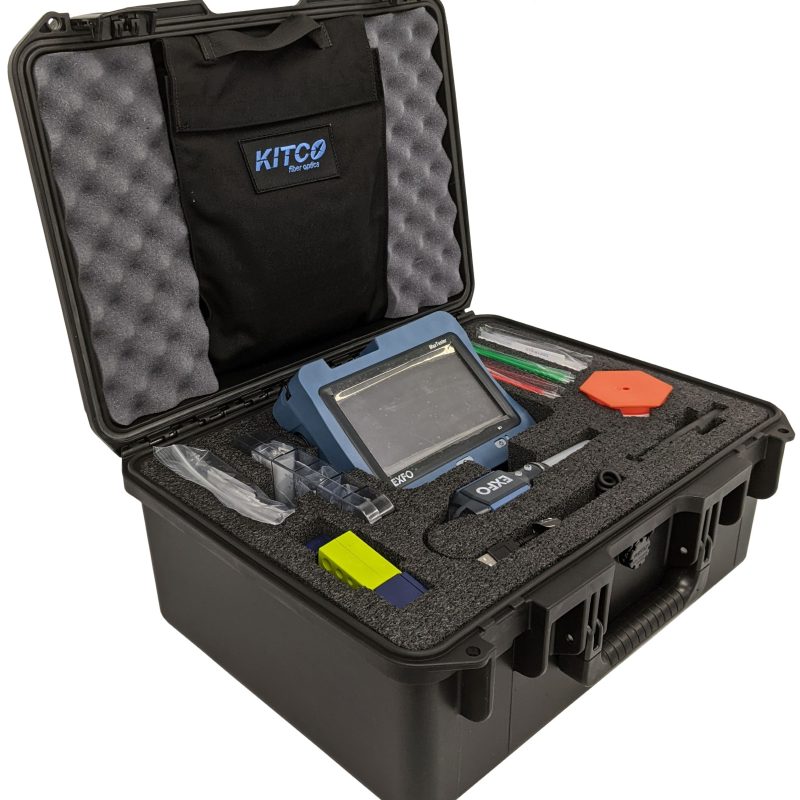All You Required to Find Out About Robotic Vision and Its Applications in Advanced Optical Measurement Solutions
Robotic vision stands for a substantial innovation in the junction of computer system vision, expert system, and maker discovering. This modern technology improves the accuracy of optical dimension systems, allowing real-time information analysis and enhanced quality control. Its effect covers several industries, from making to healthcare. The developing landscape of robotic vision elevates inquiries concerning future capacities and applications. What innovations lie in advance in this transformative area?
Comprehending Robotic Vision: Secret Concepts and Technologies
Robotic vision incorporates the innovations and techniques that enable machines to analyze and recognize visual details from their atmosphere. This field combines components of computer system vision, fabricated knowledge, and device discovering to help with computerized decision-making based on aesthetic data. Trick concepts include photo handling, which entails the enhancement and evaluation of pictures to extract purposeful functions, and things acknowledgment, which permits equipments to recognize and classify items within a scene.

The Combination of Robotic Vision With Optical Dimension Equipments
As markets significantly demand precision and effectiveness, the combination of robot vision with optical dimension systems has actually arised as a transformative method. This harmony enables robots to view and translate their surroundings, boosting the capacity of optical measurement systems to evaluate and analyze things with unrivaled accuracy. By gearing up optical sensors with innovative imaging innovations, robot vision allows real-time data collection and processing, assisting in immediate changes to dimension parameters.
In addition, the combination empowers automated systems to identify variants in measurements, surface top quality, and alignment, which are vital in quality assurance procedures. Boosted formulas, such as maker knowing, additional boost this combination by boosting the systems' capacity to adjust to different settings and situations. The integration not just enhances dimension processes yet additionally decreases errors, guaranteeing that items meet strict market requirements, thereby strengthening the duty of robotic vision in the future of optical measurement systems.
Applications of Robotic Vision in Production
In modern production environments, making use of vision systems has actually reinvented production procedures by allowing makers to carry out jobs with amazing precision and speed. Robotic vision systems are increasingly used for quality assurance, where they check products for problems and assurance adherence to requirements. These systems make use of cams and progressed algorithms to examine products in real-time, substantially decreasing the threat of human mistake.
Furthermore, robotic vision helps with automation in assembly lines, enabling robots to accurately identify parts and construct them with marginal downtime. This innovation likewise enhances supply administration, as vision systems can check stock degrees and spot disparities, guaranteeing a seamless supply chain.
Additionally, robot vision aids in the implementation of wise manufacturing facilities, where information from vision systems can be integrated with other innovations to maximize workflows. In general, the applications of robot vision in making show its essential function in boosting efficiency, top quality, and performance across numerous markets
Robotic Vision in Healthcare: Changing Client Treatment

In rehab, robotic vision aids in keeping an eye on this content client development and customizing treatment sessions to private requirements. It supports medical specialists by automating jobs such as data collection and individual monitoring, enabling for even more time to concentrate on straight patient communication. Furthermore, robot vision enhances telemedicine by making it possible for remote diagnosis and online consultations, connecting the void between clients and doctor. Overall, the application of robotic vision in health care is revolutionizing patient care, causing enhanced results, efficiency, and individual contentment.
Future Fads and Advancements in Robotic Vision Innovation
The quick evolution of robotic vision modern technology assures to further boost its applications across numerous industries, consisting of health care. Future patterns indicate a considerable change towards including man-made knowledge and maker learning, enabling systems to gain from vast datasets and enhance precision in time. Improved sensor technologies and deep knowing algorithms are expected to refine object acknowledgment capabilities, enabling robotics to interpret complex settings better.

The combination of enhanced fact (AR) with robotic vision will likely reinvent exactly how robotics aid in medical treatments and diagnostics. This synergy will help with real-time information visualization, boosting decision-making procedures. Additionally, miniaturization of components will certainly bring about even more portable and versatile robotic vision systems appropriate for a variety of jobs. As these advancements unravel, industries will witness raised automation and effectiveness, strengthening robotic vision as a cornerstone of innovative technological solutions.
Regularly Asked Questions
What Are the Key Components of a Robotic Vision System?
The primary elements of a robotic check it out vision system include cameras for image capture, cpus for information analysis, algorithms for analysis, and actuators for motion. With each other, these aspects enable robots to regard and communicate with their atmosphere efficiently.
How Does Robotic Vision Improve Precision in Measurements?
Robotic vision enhances measurement precision by using innovative imaging innovations, allowing precise things discovery and spatial analysis. This capacity reduces human mistake, increases repeatability, and permits for real-time modifications, ultimately boosting total dimension reliability and efficiency.
What Industries Benefit Most From Robotic Vision Innovation?
Different industries profit significantly useful reference from robot vision innovation, consisting of production, health care, farming, and logistics. These fields utilize enhanced accuracy, performance, and automation, resulting in enhanced productivity and reduced operational costs in their respective procedures.
Can Robotic Vision Systems Work in Low-Light Conditions?
Robotic vision systems can without a doubt operate in low-light problems, making use of advanced sensors and formulas to boost picture clearness. This capability enables them to execute successfully in numerous settings, consisting of commercial and surveillance applications, despite having minimal lighting.
What Are the Prices Connected With Implementing Robotic Vision?
The costs related to executing robotic vision differ substantially, affected by parts such as cameras, software, and integration. Added costs include maintenance, training workers, and prospective upgrades to existing systems, which can build up in time.